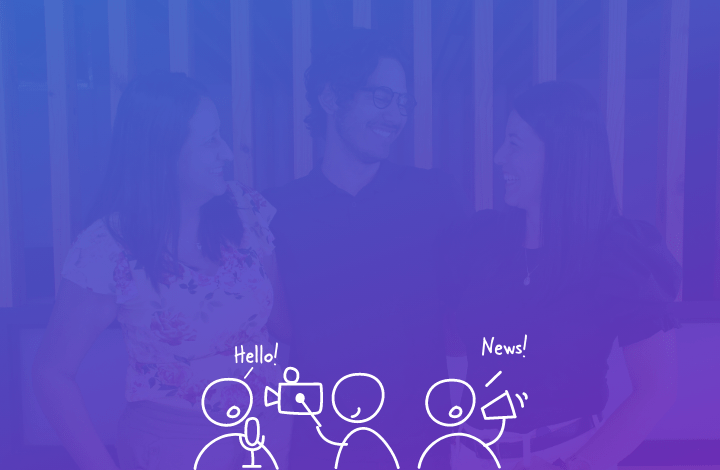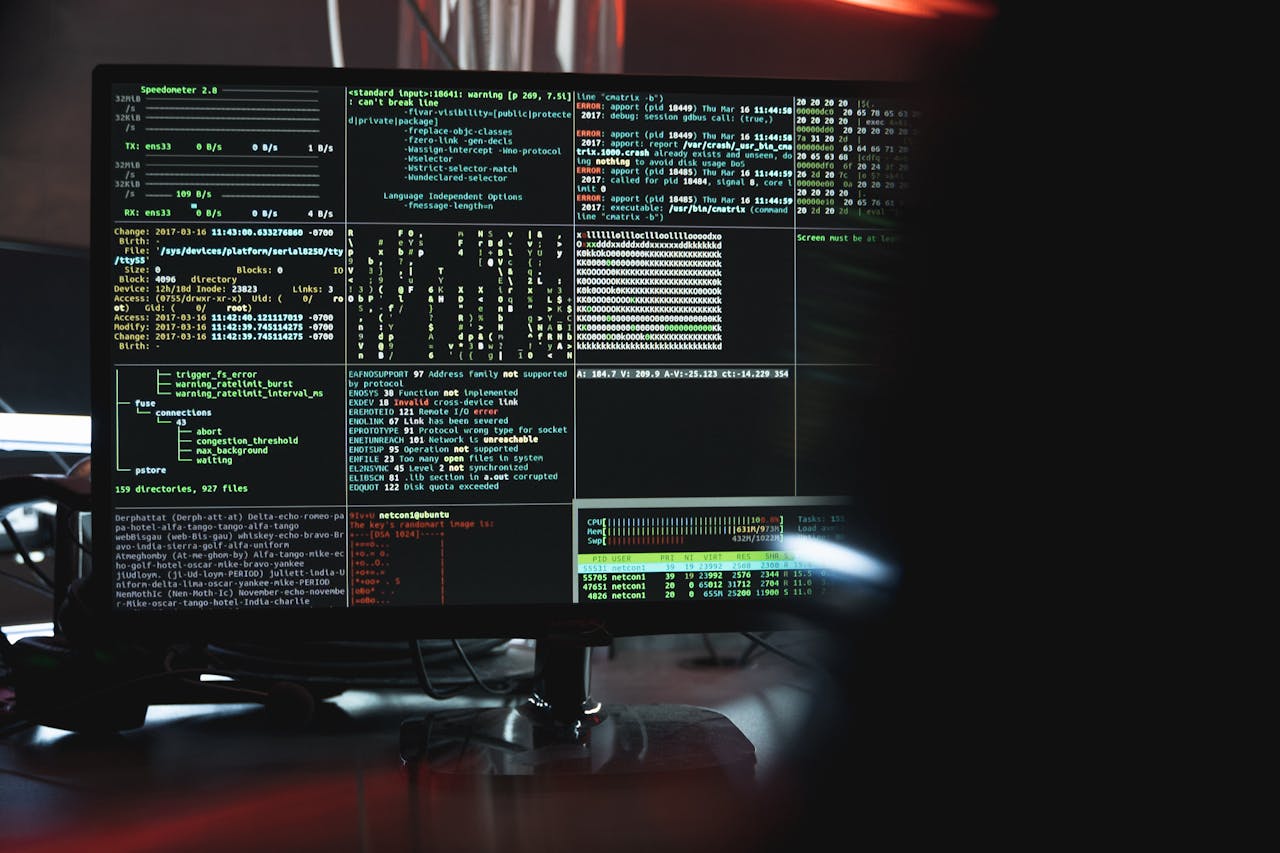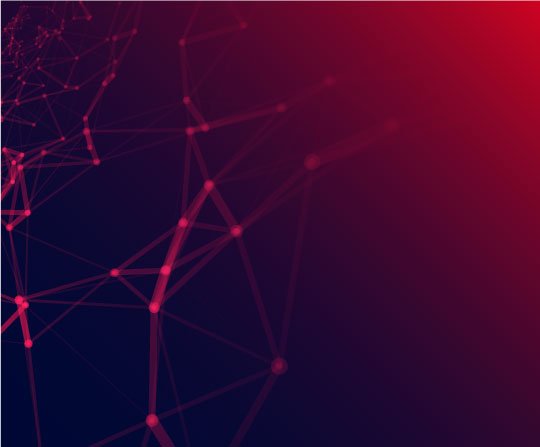July 24, 2024

Software Development Outsourcing
Fortifying the Digital Frontier: Cybersecurity and QA
Fortifying the Digital Frontier: Cybersecurity and QA, A Powerful AllianceIn today’s hyper-connected world, data is king. From financial records to personal information, the security of our digital assets is paramount. This is where cybersecurity and QA (Quality Assurance) step in, forming a formidable alliance to safeguard our online landscape. Let’s delve into this critical partnership, exploring how QA practices can bolster cybersecurity efforts and how this collaboration empowers businesses to build robust, secure systems.

The Looming Threat: Statistics Paint a Stark Picture
Cybercrime is a booming industry, inflicting an estimated $6 trillion in global losses annually (https://cybersecurityventures.com/cybercrime-to-cost-the-world-8-trillion-annually-in-2023/). Businesses are prime targets, with 64% experiencing a cyberattack in the past year alone (https://www.accenture.com/us-en/insights/security/state-cybersecurity). These attacks can have devastating consequences, causing financial ruin, reputational damage, and data breaches that erode customer trust.
QA’s Role in the Cybersecurity Arena: Beyond Functionality
Fortifying the Digital Frontier: Cybersecurity and QA Traditionally, QA focused on ensuring software functions as intended. However, the evolving threat landscape necessitates a broader perspective. QA’s role in cybersecurity involves identifying and mitigating vulnerabilities before they’re exploited. This proactive approach strengthens the software’s overall security posture.
Here’s how QA practices directly contribute to robust cybersecurity:
Security Testing
QA engineers leverage specialized tools and techniques to simulate real-world attacks, pinpointing weaknesses in authentication, authorization, data encryption, and other critical security controls.
Threat Modeling
Proactive QA incorporates threat modeling into the development lifecycle. By anticipating potential threats and their impact, teams can design security measures from the ground up.
Secure Coding Practices
QA collaborates with developers to ensure adherence to secure coding practices. This includes guidelines for input validation, data sanitization, and memory management, all of which minimize vulnerabilities.
API Security Testing
APIs are the backbone of modern applications, and their security is vital. QA performs rigorous testing for common API vulnerabilities like injection attacks and broken authentication.
Usability Testing
Usability flaws can inadvertently create security risks. QA ensures interfaces are user-friendly, minimizing the likelihood of users inadvertently exposing sensitive information or falling prey to phishing attacks.
The Power of Collaboration: Breaking Down Silos
Fortifying the Digital Frontier: The true strength of cybersecurity and QA lies in their seamless collaboration. Here’s how breaking down silos fosters a more secure environment:
Early Integration
Integrating security testing throughout the development lifecycle, not just as an afterthought, allows for early detection and cost-effective remediation of vulnerabilities.
Shared Language
Fostering open communication between developers, QA engineers, and security professionals ensures everyone understands the security implications of design and development decisions.
Shift-Left Approach
Shifting security testing “left” in the development lifecycle means addressing vulnerabilities as early as possible, minimizing the need for expensive rework later.
Actionable Steps: Building a Security-Minded QA Process
Fortifying the Digital Frontier: Now that we understand the significance of cybersecurity and QA working in tandem, here are actionable steps to implement this philosophy:
Establish a Security-Focused Test Strategy
Develop a comprehensive test strategy that prioritizes security alongside functionality. Identify critical security requirements and tailor test cases accordingly.
Invest in Security Testing Tools
Utilize industry-standard tools like penetration testing software and vulnerability scanners to automate security testing processes and increase their efficiency.
Train Your QA Team
Equip your QA team with the knowledge and skills necessary to conduct effective security testing. Training should cover security fundamentals, threat modeling, and how to leverage security testing tools effectively.
Integrate Security Testing into CI/CD Pipelines
Continuous Integration and Continuous Delivery (CI/CD) pipelines streamline software development and deployment. Integrate security testing into these pipelines to ensure vulnerabilities are identified and addressed before new code is released.
Promote a Culture of Security Awareness
Cultivate a company-wide culture of security awareness. This includes regular security training for all employees, not just IT teams.
Conclusion: Building a Secure Future, Together with Cybersecurity and QA
Cybersecurity and QA are not isolated concepts; they are two sides of the same coin. By embracing their synergistic relationship, businesses can build secure, reliable software that protects user data and mitigates cyber threats. By implementing the actionable steps outlined above, you can empower your QA team to become true security champions, creating a more secure digital future for your organization and its users.
Remember, the battle against cybercrime is a continuous one. By fostering a collaborative environment built on shared goals and continuous improvement, cybersecurity and QA can create a formidable alliance, safeguarding the digital world and fostering trust in the online landscape.
Beyond the Basics: Advanced Techniques for Cybersecurity and QA
The previous section explored the core principles of how cybersecurity and QA collaborate. Let’s delve deeper and explore some advanced techniques that can elevate your security testing practices:
Security Code Reviews
Incorporate code reviews with a security focus. Here, QA engineers and developers scrutinize code for common security vulnerabilities like buffer overflows and SQL injection attacks.
Fuzz Testing
This technique involves feeding the software with unexpected or invalid data inputs. By observing the software’s behavior under these conditions, QA engineers can uncover potential vulnerabilities and crashes that traditional testing might miss.
Dynamic Application Security Testing (DAST)
DAST tools scan running applications to identify vulnerabilities like cross-site scripting (XSS) and insecure direct object references (IDOR). These tools are valuable for uncovering vulnerabilities that might not be apparent in static code analysis.
Static Application Security Testing (SAST)
SAST tools analyze application code without executing it. They identify coding practices that might introduce security vulnerabilities, allowing developers to address them before deployment.
Web Application Security Testing (WAST)
WAST tools continuously monitor web applications for malicious activity such as SQL injection attempts and denial-of-service attacks. This real-time monitoring provides an extra layer of defense against active threats.
The Rise of DevSecOps: A Holistic Approach
The traditional development lifecycle is evolving towards a more collaborative and security-centric model known as DevSecOps. Here, security considerations are integrated throughout the entire development process, not just as a separate stage. In this model, QA and security professionals work hand-in-hand with developers from the very beginning, fostering a shared responsibility for building secure software.
Measuring Success: Metrics for Effective Cybersecurity and QA
Fortifying the Digital Frontier, While identifying and mitigating vulnerabilities is crucial, it’s equally important to measure the effectiveness of your cybersecurity and QA efforts. Here are some key metrics to track:
Number of vulnerabilities identified
This metric helps gauge the efficiency of your testing processes. Aim for a continuous decrease in identified vulnerabilities over time.
Vulnerability severity
Track the severity of vulnerabilities discovered, prioritizing the remediation of critical and high-risk vulnerabilities.
Mean Time to Repair (MTTR)
Measure the average time it takes to fix identified vulnerabilities. A low MTTR indicates a swift and efficient response to security threats.
Security code coverage
Track the percentage of code covered by security testing tools like SAST. A high coverage percentage ensures a more comprehensive assessment of potential security risks.
Number of security incidents
Monitor the number of security incidents encountered in production environments. A decreasing incident rate indicates an improvement in the overall security posture of your systems.
By tracking these metrics and analyzing trends, you can continuously refine your cybersecurity and QA processes, ensuring they remain effective in the face of evolving threats.
The Future of Cybersecurity and QA: Embracing Automation and Machine Learning
The cybersecurity landscape is constantly changing, demanding continuous adaptation and innovation. Here are some emerging trends that will shape the future of cybersecurity and QA:
Automation
Repetitive security testing tasks will become increasingly automated, freeing up QA engineers to focus on more strategic initiatives.
Machine Learning (ML)
ML-powered tools can analyze vast amounts of security data to identify patterns and predict potential threats. This allows for proactive mitigation and faster response times.
Security as Code (SaC)
SaC allows you to define security policies and configurations in code, streamlining their application and enforcement throughout the development lifecycle.
By embracing automation, ML, and SaC, cybersecurity and QA teams can work smarter, not harder, strengthening their overall security posture in a dynamic threat landscape.
This is just the beginning of the journey towards a more secure digital future. By fostering a robust partnership between cybersecurity and QA, businesses can build trust with their users and ensure the continued success and sustainability of their digital endeavors.
Ready to take the next step? Book a meeting now with our team and explore how we can become your ideal strategic partner to fill gaps in your team. Together, let’s turn your vision into a reality.
Learn more about Nearshore Staff augmentation Latin America in 2024 here









